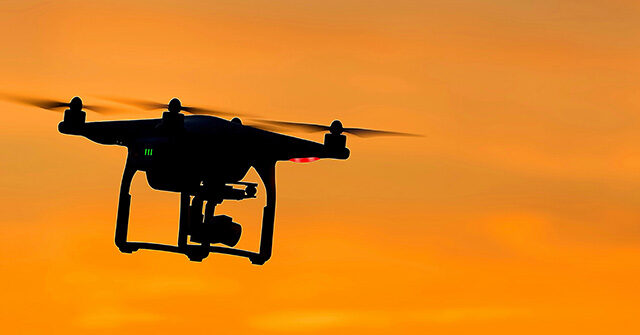In a recent press conference at Mar-a-Lago, President-elect Donald Trump addressed the ongoing phenomenon of mystery drones observed across the United States. His comments came in response to a journalist’s inquiry regarding these unidentified drones, which have raised questions about their origins and purpose. Trump asserted that the government is aware of the situation, declaring that the military knows both the launch sites of the drones and their flight paths. He conveyed frustration at the government’s lack of transparency, indicating that both the military and President Biden should provide honest information to the American public instead of maintaining a state of suspense. Trump’s insistence on transparency highlights a growing curiosity and concern among the public regarding these unusual aerial observations.
Trump’s remarks included a suggestion that the government’s reluctance to disclose information might lead to increased public suspicion. He speculated that the presence of the drones might not stem from hostile entities, noting that if they were a genuine threat, the authorities would likely respond decisively. His pursuit of clarity was underscored by references to specific drone sightings over Bedminster, New Jersey, where he humorously indicated he might cancel a planned visit due to the drone activity. Such anecdotes served to personalize the issue and resonate more deeply with his audience, illustrating how these enigmatic drones capture public imagination and concern, particularly among those living near their reported flight paths.
The unfolding situation has prompted scrutiny of official responses. Shortly before Trump’s press conference, the Pentagon issued statements denying that the drones were operated by foreign entities or the U.S. military. This information aligns with statements from the Department of Homeland Security (DHS) and the Federal Bureau of Investigation (FBI), which maintained that the current evidence does not indicate any national security threats posed by these drones. However, the agencies refrained from providing further details, leading to continued questions and speculation about the circumstances surrounding the drone sightings. This lack of conclusive information has amplified public interest and speculation regarding the drones’ nature and purpose.
Adding to this uncertainty was Trump’s expression of disbelief that such a widespread occurrence of mystery drones could happen without the government’s knowledge. In a post on Truth Social, he urged authorities to inform the public about what is occurring and went so far as to suggest that if the government does not respond adequately, they should consider shooting down the drones. This provocative statement underscores Trump’s populist rhetoric, reflecting his belief that citizens deserve transparency and clarity from their leadership. Trump’s history of addressing public fears about security and safety through direct and sometimes aggressive rhetoric resonates well with his base, as he positions himself as a watchdog of government practices.
As the situation continues to evolve, the mystery surrounding the drones remains a focal point of public discourse. Both Trump’s statements and the responses from governmental agencies illustrate a complex narrative about surveillance, national security, and public awareness. The balance between maintaining security protocols and providing the public with clear information creates a dynamic tension. Many individuals are eager to resolve the mystery, grappling with the implications of unidentified aircraft flying over populated areas, enhancing a sense of intrigue and perhaps alarm about their presence.
In conclusion, the ongoing dialogue about the mystery drones represents more than just curious aerial sightings; it encapsulates larger themes of governance, public trust, and national security. Trump’s call for transparency echoes the sentiments of citizens longing for clarity in a time of uncertainty. The involvement of various government agencies in addressing these occurrences magnifies the importance of effective communication to maintain public confidence. As the situation unfolds, it will be crucial for government entities to engage with the public transparently, addressing concerns while appropriately managing information related to national security and public safety, thereby averting unnecessary panic and suspicion among citizens.

